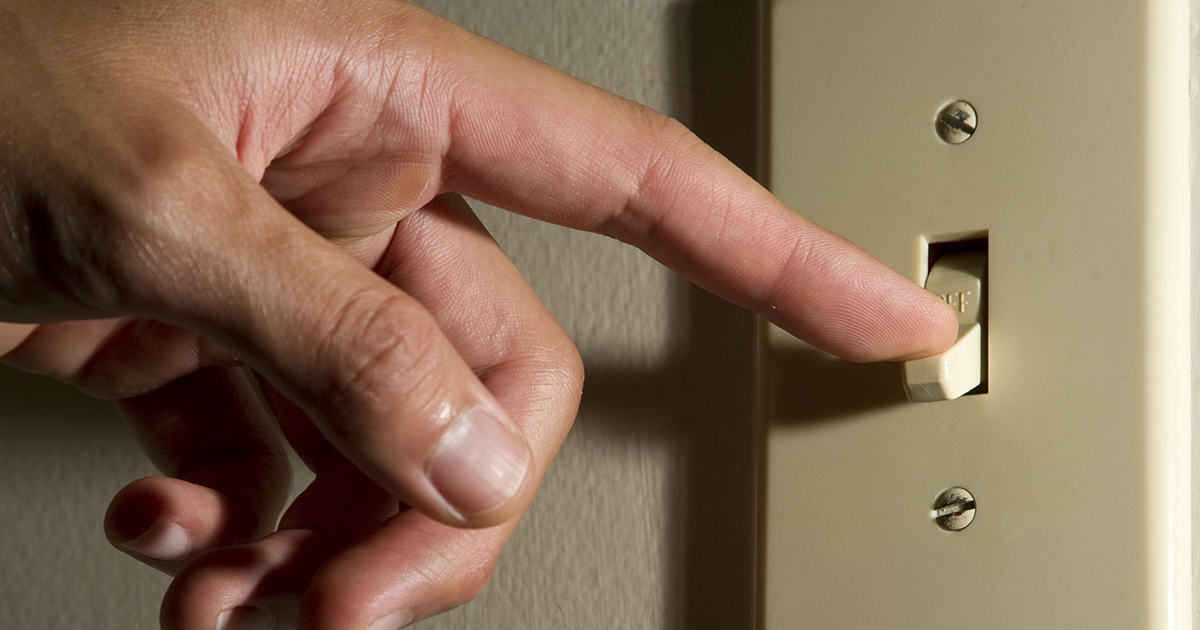
How do two switches control one light bulb?
Two separate light switches are able to control a single light through the use of special electrical wiring and a three-way switch. A three-way switch connects the two switches and the light together, creating an uninterrupted, but controllable, circuit amongst all components.
Light switches are able to turn a light on or off by interrupting the flow of electricity to the bulb. In a traditional light switch, current runs from a main electrical line within the house to the light fixture, with a standard switch in between. The electricity travels in a straight line from the source to the bulb, so the switch only has to interrupt one circuit to stop the flow. However, in a three-way switch, there is an extra wire that allows the two switches to connect together.
Wiring first runs from the power base to the first light switch. Next, the extra cable and the standard wiring runs from the first three-way switch to the second three-way switch. Finally, wiring runs from the second switch to the light fixture. With the two switches wired together, it creates a new type of circuit. The unique kind of wiring within a three-way switch allows the current to be interrupted at either switch, but does not require both be on in order to successfully transfer the electrical current.
For more information about lighting and light switches, contact Pacific Lamp.
